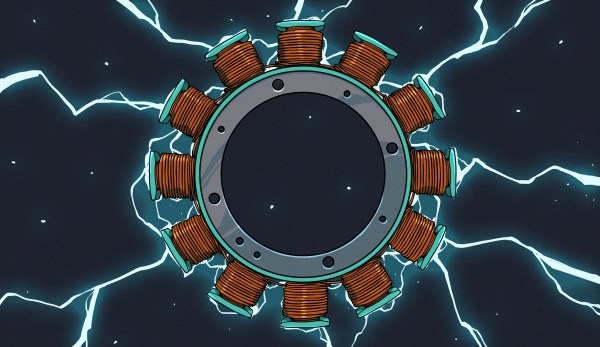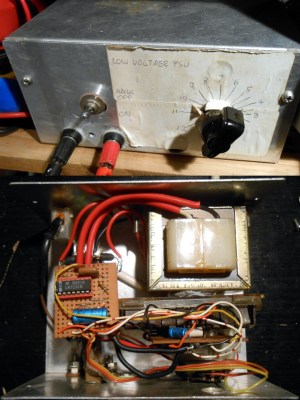Normally, when you want a low DC voltage from the AC line, you think about using a transformer of some kind. [RCD66] noticed that an AC monitor meter must have some sort of power supply but had no transformers in sight. That led to an exploration of how those work and how you can use them, too. You can watch the work in the video below.
Sensibly, there is a transformer in the test setup — an isolation transformer to make it safe to probe the circuit. But there’s no transformer providing voltage changes. Isolation is important even if you are taking apart something commercial that might be trasformerless.
The circuit is simple enough: it uses a capacitor, a resistor, and a pair of diodes (one of them a zener diode). He uses this basic circuit to drive simple regulators with input and output filter capacitors. We’ve seen many variations on this design over the years.
You can’t draw a lot of power through this arrangement. But sometimes it is all you need. However, this is pretty dangerous, as we’ve discussed before. Be sure you understand exactly what the risks are before you decide to build something like this.



















